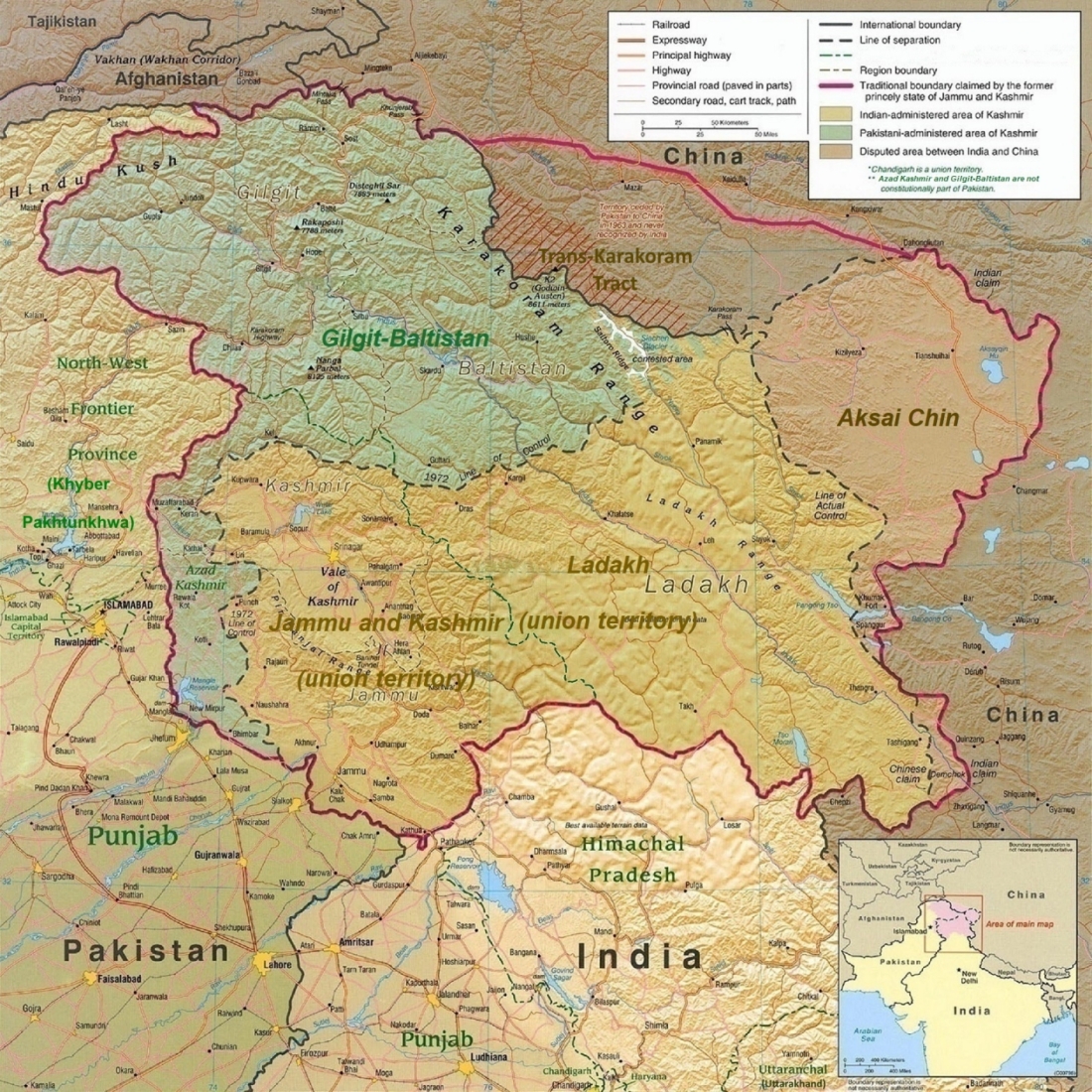I have encountered Led Zeppelin relatively late in my life. A bloke from my class at the beginning of my secondary education[1] was a great fan, so I gave them a chance and subsequently started collecting their albums. I probably did not purchase them chronologically as they were published, so in the beginning I could not follow the band’s musical evolution.
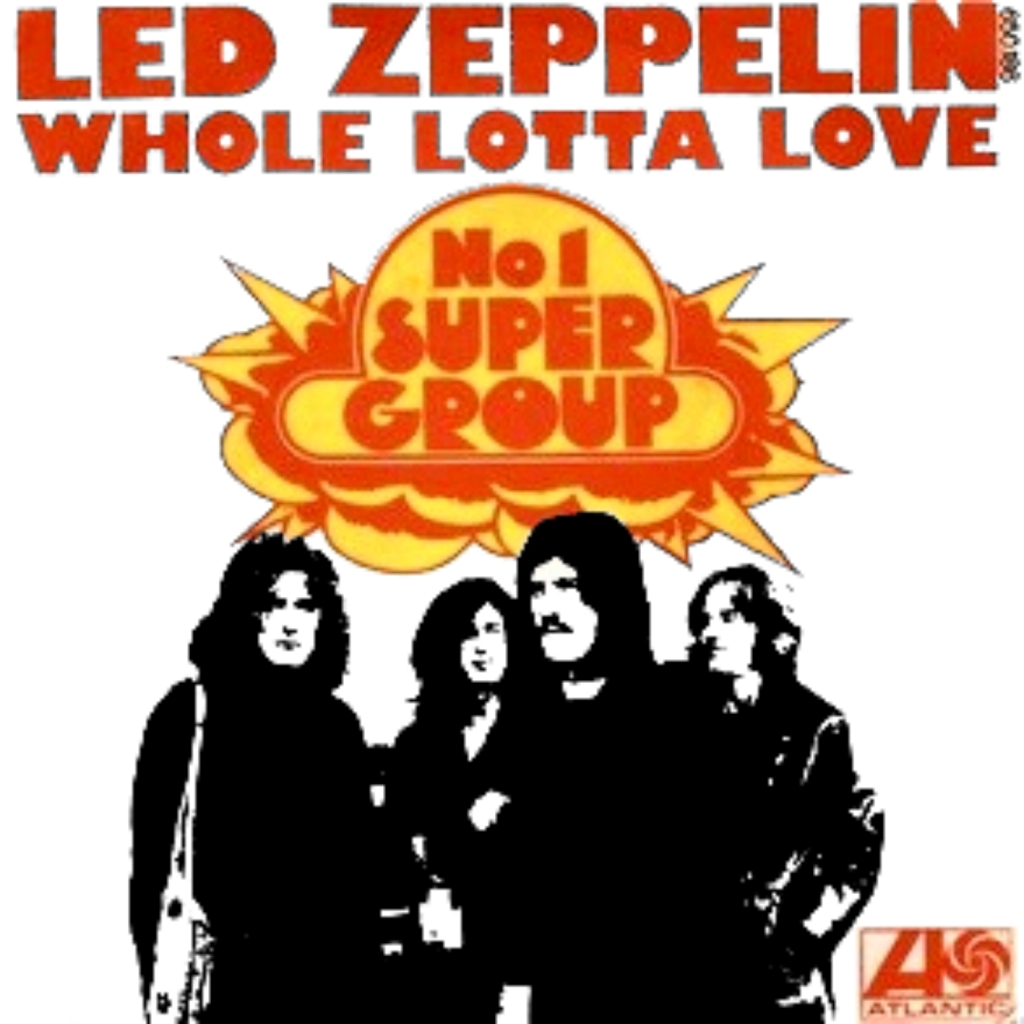
What I did know is that they had two classic songs that faithfully depicted the two faces of Led Zeppelin. The first was “Whole Lotta Love”, a lyrical reworking of Willie Dixon’s 1962 blues “You Need Love”, recorded by Muddy Waters in 1962, representing the hard/heavy rocking side of the band[2], with the classical structure of guitar riff ‒ verse ‒ chorus. The other song was “Stairway to Heaven”, its acoustic guitar intro pinched from Spirit’s 1968 instrumental “Taurus”, as a representative of the band’s more folk leanings and with a more complex structure: acoustic intro ‒ electric middle section including a guitar solo ‒ hard rocking section ‒ finale a cappella.

Well, they were both good songs, but insisting on them maybe even turned them a little bit tedious[3].
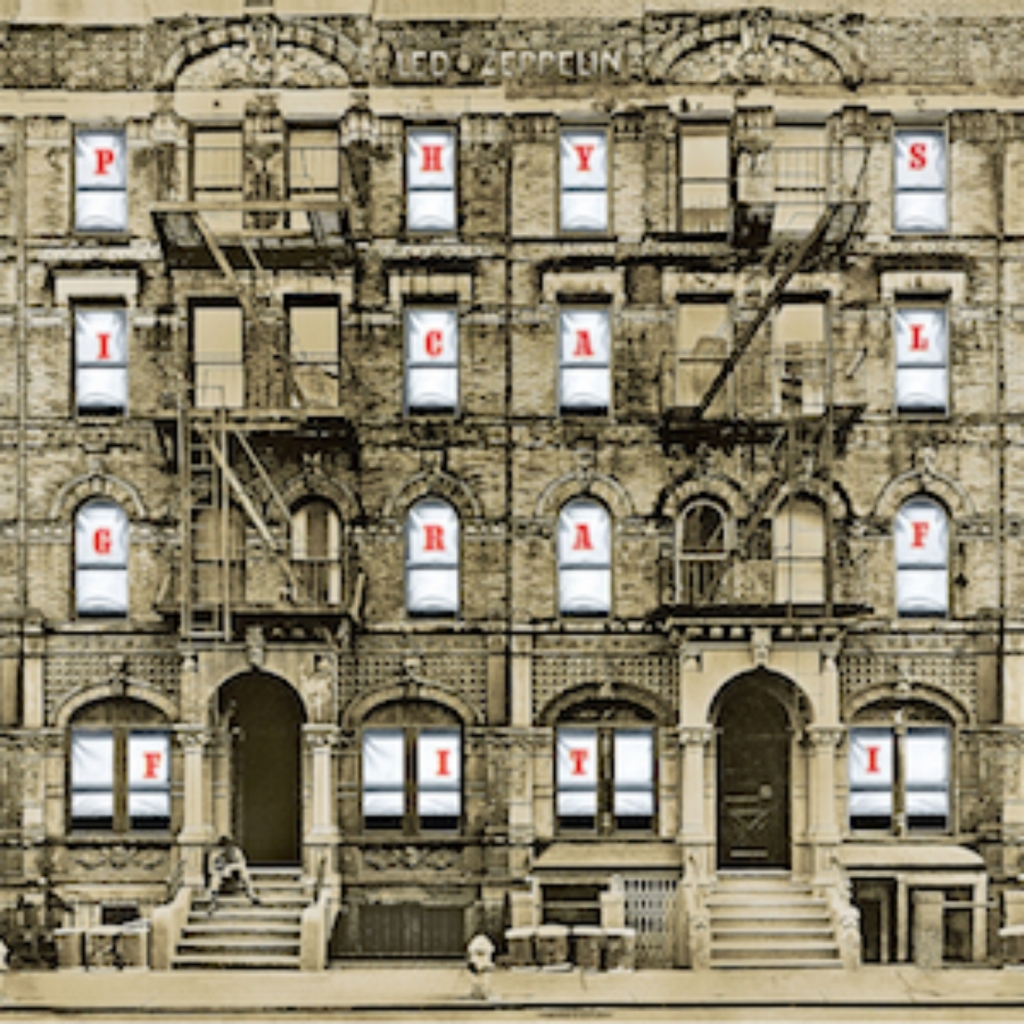
When it comes to choosing one song that for me symbolises Led Zeppelin I had to wait until I bought 1975’s “Physical Graffiti”. Although the “Illustrated New Musical Express Encyclopaedia” singled out the funky “Trampled under Foot”, with the lyrics pinched again from another song, Robert Johnson’s 1936 “Terraplane Blues”, it was not that song that won me over.
Rather, it was a song for which no accusations could be made of plagiarism (or “inspiration”), the most original song in the complete Led Zeppelin opus. It was “Kashmir” [4].

Neither of the band-members ever visited Kashmir at that time. What the lyrics were narrating was a drive through a desolate desert area of southern Morocco.
Led Zeppelin is usually identified with guitarist Jimmy Page and vocalist Robert Plant. The two continued to somehow represent the band even after 25 September 1980, the date the group ceased to exist as such. Call me a heretic, but I always revered Jimmy Page more for his production work than for his guitar pyrotechnics. He never made it into my Top Whatever-Number-It-Is Guitarists list. As far as Robert Plant is concerned, I was never partial to the shrilly vocalists of his type (or Geddy Lee’s), always liked more singers with a full, warmer voice of the Ian Gillan kind. I repeat, call me a heretic if you want.
However, this song is focused on the other two members of the group, keyboardist and bassist John Paul Jones and drummer John Bonham.
The two main features of the song are its rich orchestration and its relentless rhythm. There probably is some guitar in there, but it is buried deep beneath the keyboards and orchestra. The vocal is not the leading voice of the song, just another layer added to the overall sound. The lush, rich harmonic and melodic wall of sound (not in the Phil Spector sense) that fills the sky is produced not only by John Paul Jones playing keyboards while at the same time playing bass pedals with his feet, but by adding actual strings and horns to the recording[5]. On the other hand, John Bonham’s powerful (evil tongues would say: loud) drumming anchors the whole song firmly to the ground, which earned him a well-deserved co-writing credit. Two rhythmic meters run concurrently, 4/4 in the drums and 6/8 in the orchestration. They catch each other every 3 drum measures and every 4 orchestra measures.
The structure of the song is not built around a typical verse‒chorus‒bridge or AABA type. There are four distinct segments of “Kashmir”:
a) main orchestral riff (theme A) with added vocals (Oh, let the sun beat down upon my face…) exhibiting a steady chromatic rise of a semitone through its 4 measures,
b) instrumental chorus or codetta,
c) sparse bridge based on drums with added vocals (Oh, baby, I been flying…),
d) orchestral theme B with added vocals (Oh, all I see turns to brown…) that serves as the outro too.
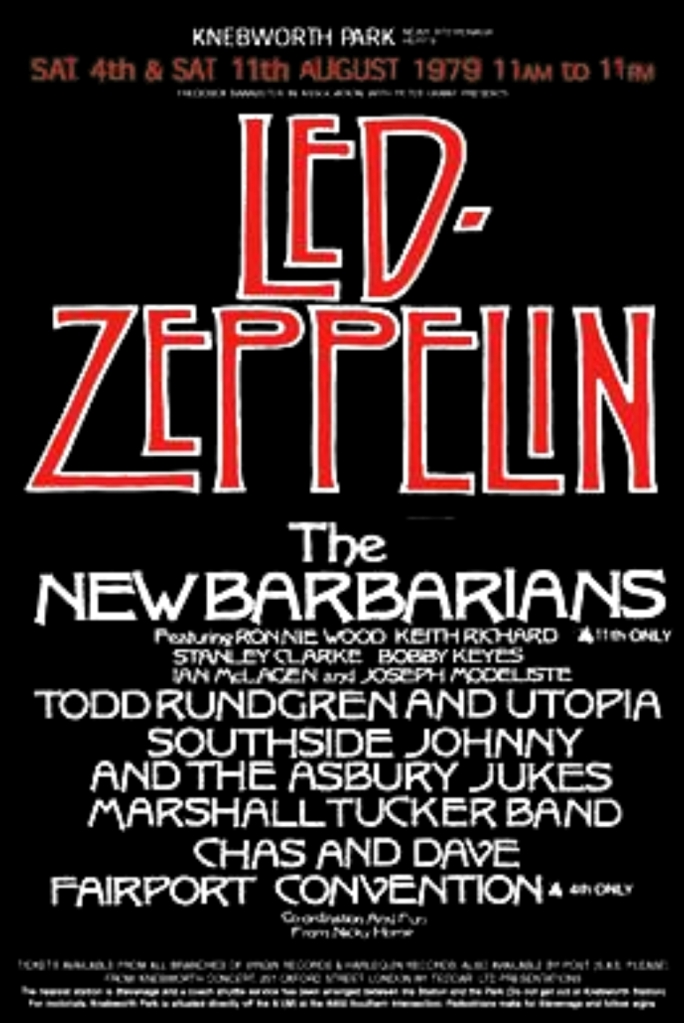
However, the strings and horns proved not to be a compulsory component of the song, as is nicely demonstrated at Led Zeppelin’s 1979 Knebworth appearance, where the complete orchestral sound was kept by John Paul Jones and Jimmy Page.
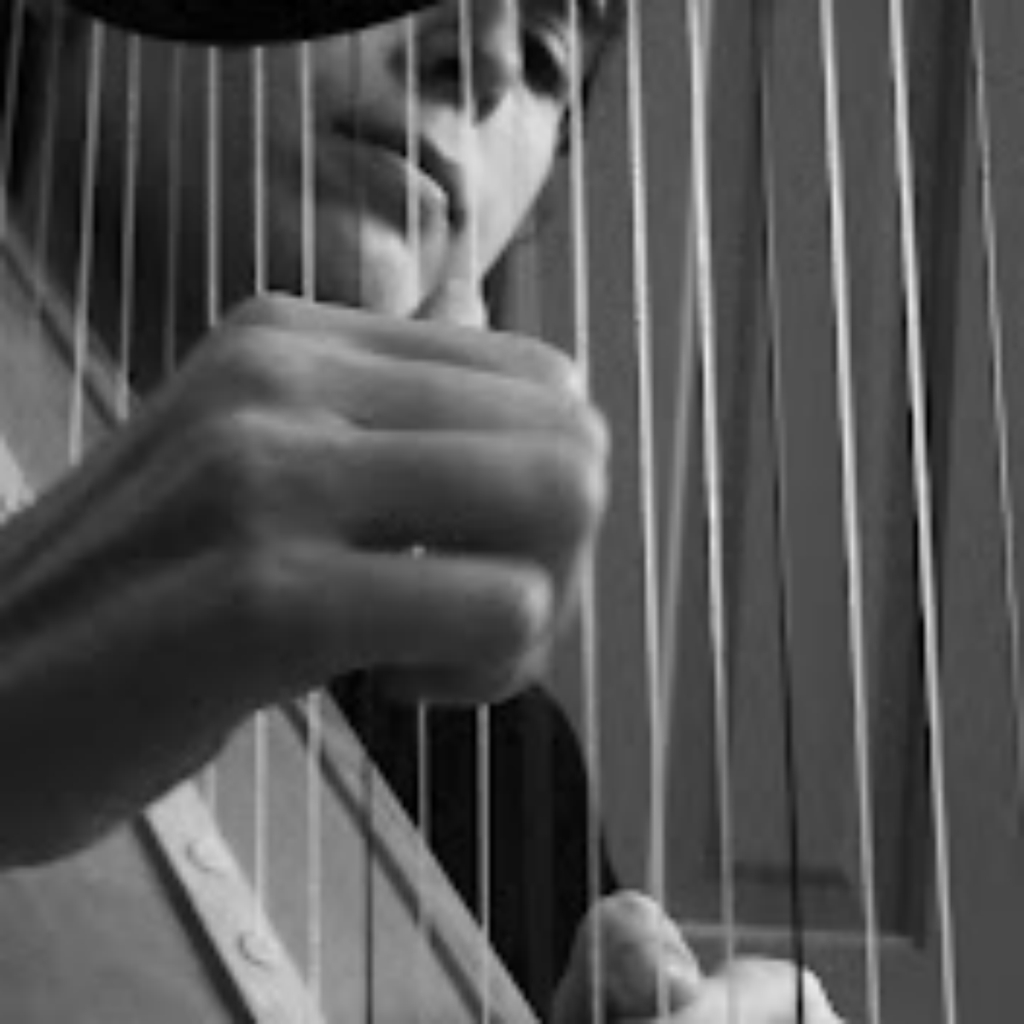
A nice analysis of the song is provided by Amy Shafer, LRSM[6], FRSM[7], RYC, a classical harpist, pianist, and music teacher, Director of Piano Studies and Assistant Director of Harp Studies for The Harp School, Inc., who holds multiple degrees in harp and piano performance and teaching, and is active as a solo and collaborative performer.
In fact there are two videos made by her concerning this song, the first was titled “Led Zeppelin, Kashmir ‒ A Classical Musician’s First Listen and Reaction”, in which she listens to the song for the first time and expresses her momentaneous impressions straightaway. The other, “Led Zeppelin, Kashmir ‒ A Classical Musician’s In-Depth Analysis”, presents what the title suggests: a more exhaustive musical analysis of the song. Both videos are worth seeing.
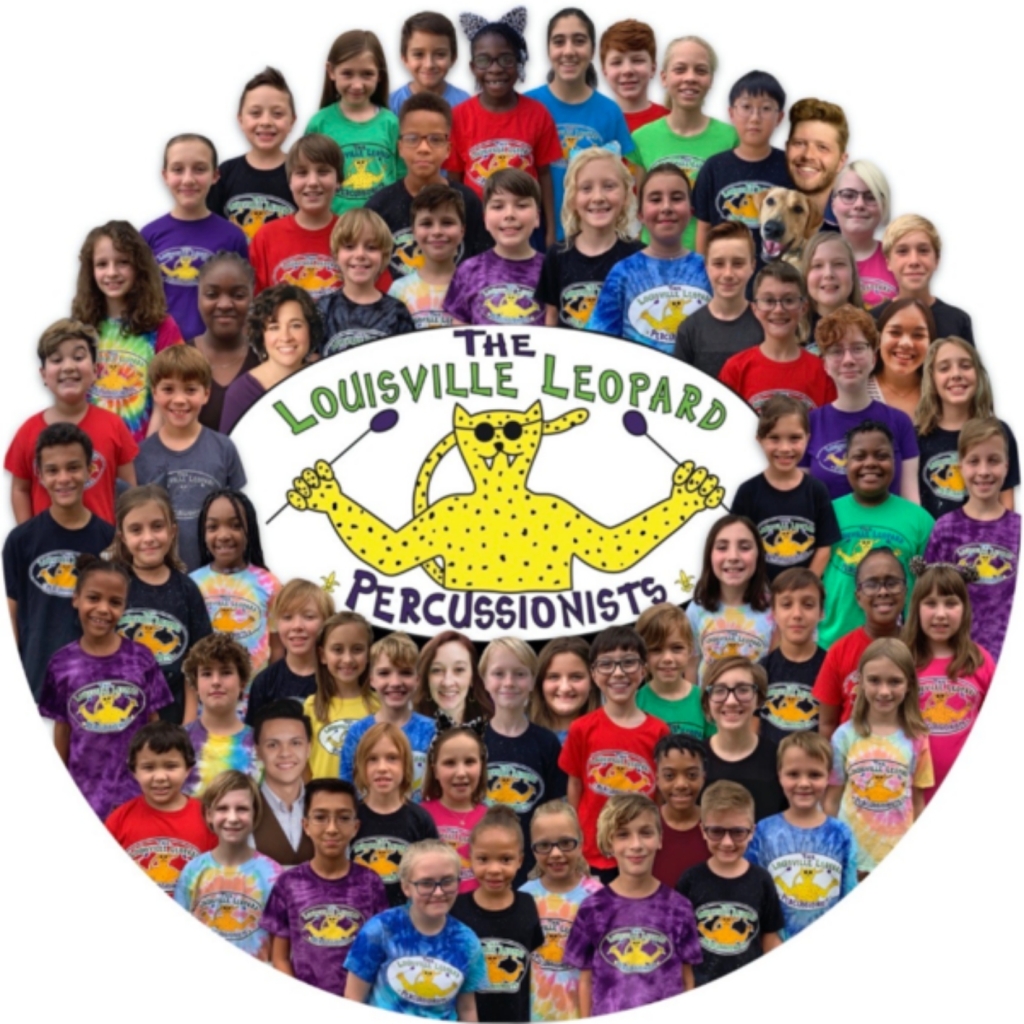
There are several cover versions of the song worth listening to. My favourite is, of course, that[8] by the Louisville Leopard Percussionists, a nationally acclaimed music group for children regardless of skill level originating from Louisville, Kentucky, USA, a performing ensemble directed by Diane Downs of over 60 musicians aged 7‒14, who attend different schools in and around Louisville.[9]

Another interesting version is that played by the Johannesburg Youth Orchestra (JYO), a youth full size symphony orchestra founded in 1976 based in Johannesburg, South Africa, and made up entirely of children and youth who have achieved a musical level of Grade 6 or higher.
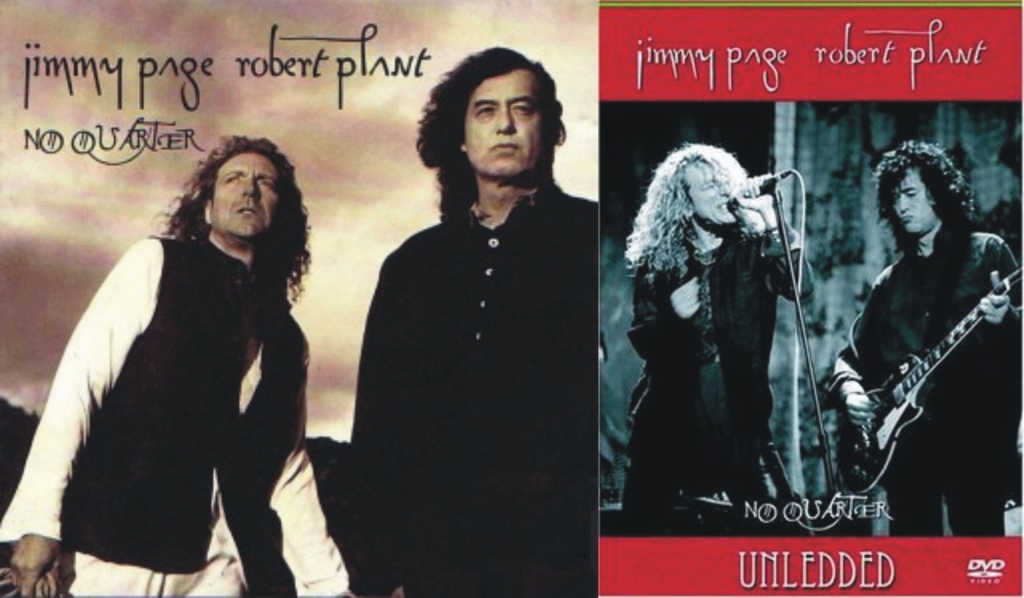
I told you already how Page & Plant like to figure as some Zeppelin-ersatz and I believe that you have sensed my dislike for that situation. However, I must admit that the version of “Kashmir” that they have performed with a Moroccan string band and a ten piece Egyptian orchestra lead by percussionist and composer Hossam Ramzy is rather a remarkable one[10].
So this is the story of my favourite Led Zeppelin song…
[1] In a very seedy hoodlums’ school that I have soon replaced with a much better one.
[2] Led Zeppelin is usually classified together with Black Sabbath and Deep Purple as one of the progenitors of heavy metal.
[3] Unfortunately, the same happened with the fourth movement of Beethoven’s Ninth Symphony when it was abducted as the anthem of a highly compromised oligarchic-political organisation.
[4] Just like when I think of the Rolling Stones’ song, it is either “Paint It Black” or “We Love You”, not “(I Can’t Get No) Satisfaction”.
[5] By unaccredited session musicians…
[6] Licentiate of the Associated Board of the Royal Schools of Music.
[7] Fellow of the Associated Board of the Royal Schools of Music, the highest diploma level granted by the ABRSM.
[8] “Kashmir” ends at the 2:20 mark approximately, followed by “The Ocean” and “Immigrant Song”.
[9] Another video of the Louisville Leopard Percussionists worth seeing is their version of “Sing Sing Sing”. The boy playing the drums is simply fantastic, a worthy heir of Gene Krupa (after all, “Sing Sing Sing” was Krupa’s showcase within the Benny Goodman Orchestra)!
[10] Published on the live album “No Quarter” and the live DVD “No Quarter Unledded”.
